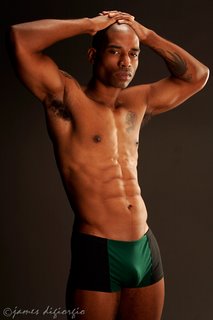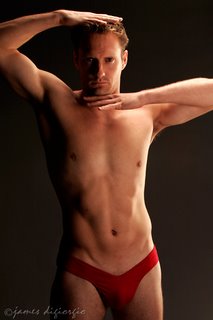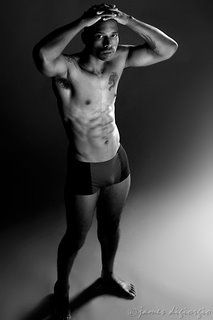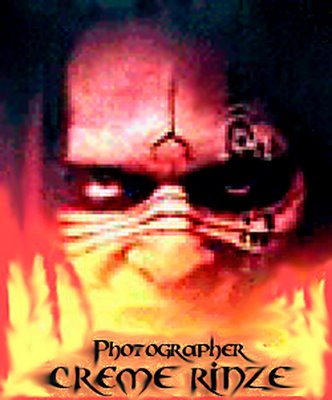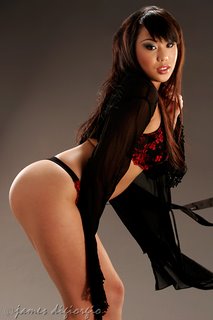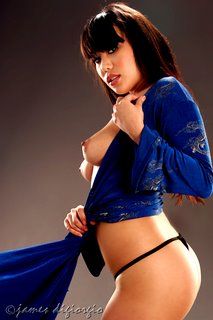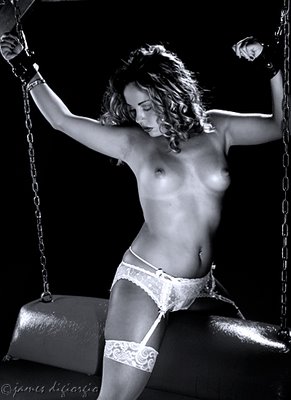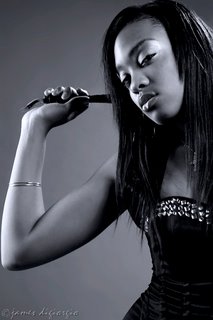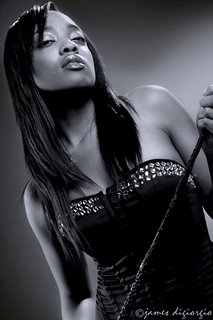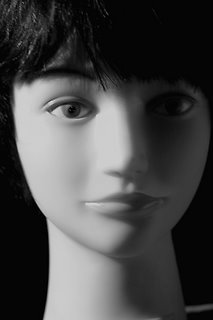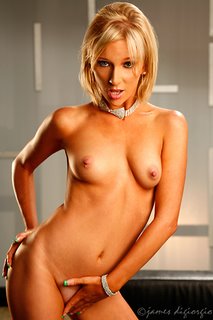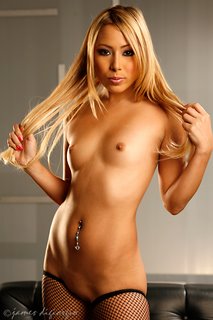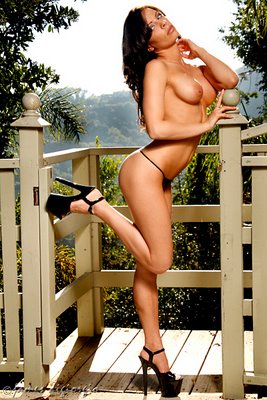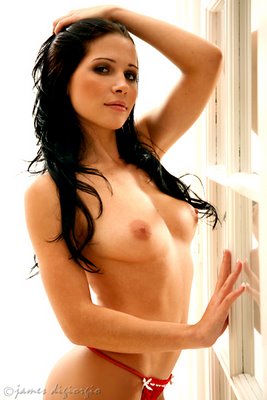 Believe it or not, some models aren't humble people. Who would'a thought? In fact, some of them are outright obnoxious in their "Yes! I *AM* all that!" attitudes. I'll admit, the majority of glamour models I've met are not Divas but I've met enough of them who are to make it worth mentioning and writing about.
Believe it or not, some models aren't humble people. Who would'a thought? In fact, some of them are outright obnoxious in their "Yes! I *AM* all that!" attitudes. I'll admit, the majority of glamour models I've met are not Divas but I've met enough of them who are to make it worth mentioning and writing about.I've found there are two, basic ways to deal with Divas: 1) Behave as if they are all they think they are or 2) Be very assertive in dealing with them. (In other words, a good defense is an agressive offense.)
Knowing when to apply either strategy is, of course, the trick and, frankly, that's not something I can illuminate anyone on: It comes from years of experience and it's not an exact science. Often, anyone's guess is as good as anyone else's guess.
My instinctive response to dealing with Divas is to be assertive. Sometimes this is a huge mistake. After all, the goal is to get the goods and to use any means (short of physical force or threats) to get those goods, i.e., quality images. (Not that I haven't considered the use of force a few times.) Fortunately, Divas often have fragile egos and, in spite of their attempts to appear otherwise, a few carefully-aimed, subtle attacks on the Diva's ego will sometimes straighten them out a bit; at least temporarily and, hopefully, long enough to get what you need from them.
Here's an example:
Me: What size shoes do you wear?
Diva: Six
Me: Really? Your feet look so much bigger. It must be the cut of those shoes.
 There are more than a few sub-categories of Divas but, generally, they all can be lumped into one, overall, SDB, classification. (SDB = Self-Deluded Bitch.)
There are more than a few sub-categories of Divas but, generally, they all can be lumped into one, overall, SDB, classification. (SDB = Self-Deluded Bitch.) In some cases, I can assess the Diva-ness of a model by listening in on the conversations taking place in the makeup chair and observing the model's interaction with the MUA. Usually, the first person a Diva reveals herself to--as a Diva--is the MUA. The Diva may do this either through rude or condescending words or overly dramatic, negative body language or a combination of both. Through remarkably insensitive commentary and not-so-subtle innuendo the Diva lets the MUA know--assuming the MUA is a female--that there's a reason why she, the Diva, is sitting in the chair being further beautified and the MUA is not. Of course, no matter how outstanding a job the MUA performs, it's never good enough for the true Diva. Fortunately, experienced MUAs are accustomed to this and usually have quite thick skin.
The next person on the Diva's Hit List is the assistant if that assistant is a male. Of course, the Diva's approach to the assistant is different than her approach to the MUA. Instead of alienation, the Diva enlists the assistant to become her worshiping ally and all-around bitch-boy. She will often treat the assistant quasi-kindly in a kneel before me, knave, and my beauty will smile upon you sort of way. If truth be known, assistants often fall for this manipulating crap and sometimes need reminders of who is paying them and why they're on the set.
 MUAs and assistants aside, the principal focus of a Diva's Diva-ness is directed at the shooter. It usually begins with the Diva providing an oral resume of her lofty accomplishments including, but not limited to, which well-known photographers they've shot with (and how good their images were and how they cannot be equaled), which magazines her beauty has graced, how she accepted this particular job as a personal favor to someone, and/or a recounting of all the shooters who have hit on her and how laughable, pathetic, and futile those attempts were. Example: "I was shooting with so-n-so for such-n-such magazine and he wouldn't stop hitting on me. It was so laughable. As if!"
MUAs and assistants aside, the principal focus of a Diva's Diva-ness is directed at the shooter. It usually begins with the Diva providing an oral resume of her lofty accomplishments including, but not limited to, which well-known photographers they've shot with (and how good their images were and how they cannot be equaled), which magazines her beauty has graced, how she accepted this particular job as a personal favor to someone, and/or a recounting of all the shooters who have hit on her and how laughable, pathetic, and futile those attempts were. Example: "I was shooting with so-n-so for such-n-such magazine and he wouldn't stop hitting on me. It was so laughable. As if!"Divas, of course, understand why shooters hit on them: Who can resist their beauty, charm, and sensual allure? The Diva often sees these incidents as comical in a gross-is-funny sort of way. They view the offending shooters as annoying, feeble, and pitiful but understand it's a part of the job their beauty condemns them to endure.
The usual and customary pretty girl pics accompanying this post are of Naudia. Please be advised I'm not infering that Naudia is a Diva because her pics are posted with this little essay. Naudia unabashedly describes herself as a Psycho Bitch from Hell and, as opposed to Divas, PBFHs are different animals altogether. MUA was Liliana. All captured with a Canon 5D w/85mm prime.







